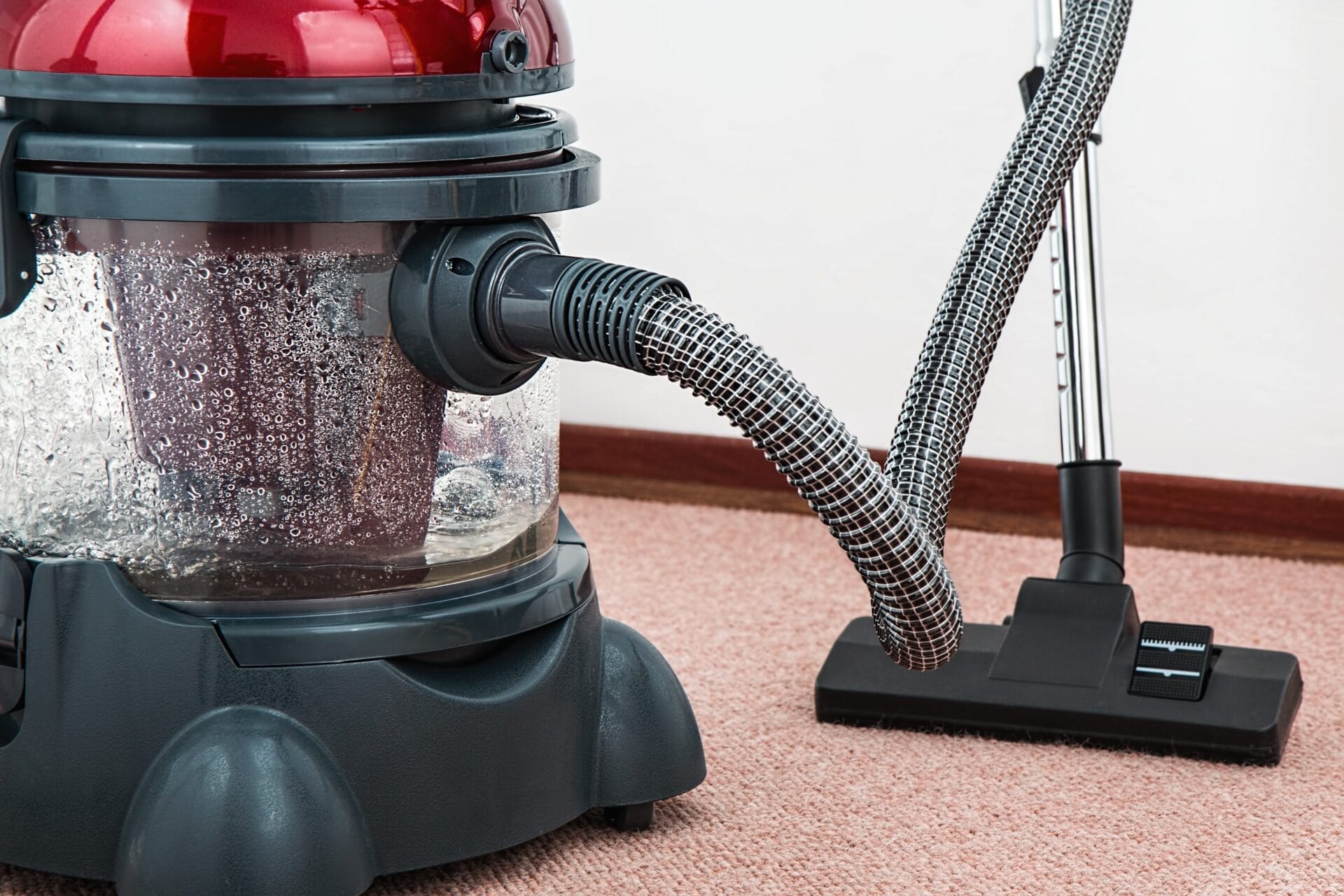Vacuum distillation is a method of distillation used to separate liquids that have similar boiling points. By reducing the pressure, the boiling points of the liquids being separated can be lowered, allowing them to be separated more easily. This method is especially useful for separating compounds that are difficult to separate using traditional distillation methods at atmospheric pressure. In vacuum distillation, a vacuum pump is used to reduce the pressure in the distillation flask, which in turn reduces the boiling point of the liquid mixture. The vaporized liquid mixture then travels up a vacuum adapter and into a condenser where it is condensed back into a liquid form and collected in a collection flask.Vacuum distillation is a form of distillation that occurs under reduced pressure. It is used to separate compounds based on their different boiling points. By reducing the pressure in the system, it is possible to reduce the boiling point of liquids and vapors, allowing for more efficient separations. Vacuum distillation is commonly used to separate complex mixtures, as well as to purify compounds that are heat labile or have a very high boiling point.
Advantages of Vacuum Distillation
Vacuum distillation is a process which involves the use of reduced pressure to achieve a lower boiling point. This process has several advantages over traditional distillation methods. First, it allows for the separation of substances that are not easily separable at atmospheric pressure. This is because the reduced pressure allows for a lower boiling point, thus allowing for the separation of substances that would normally not be able to be separated at atmospheric pressure. Furthermore, due to the reduced pressure, less energy is needed to complete the process compared to traditional distillation methods. This makes vacuum distillation an efficient and cost-effective option when compared to other methods.
Additionally, vacuum distillation can be used in applications requiring higher purity levels than what can be achieved through traditional distillation methods. By using vacuum distillation, substances can be separated with greater precision and accuracy than with other methods. This makes it ideal for applications requiring highly pure products such as pharmaceuticals, food products, and certain industrial chemicals.
Finally, vacuum distillation is also safer than other traditional methods due to its low operating temperatures and pressures. This reduces the risk of explosions or fires that
Vacuum Distillation
Vacuum distillation is a process of separating components of a liquid by evaporating and condensing them at reduced pressure. It is used to separate a mixture of liquids that have different boiling points, or to purify a liquid by removing impurities that may have a higher boiling point. Vacuum distillation can also be used to separate liquids from solids or gases, or to separate liquids from non-volatile materials. Vacuum distillation offers several advantages over other forms of distillation, including lower temperatures, higher product purity, and increased yields. There are several different types of vacuum distillations available, each with its own specific advantages and disadvantages.
Fractional Distillation
Fractional distillation is the most common type of vacuum distillation. This method uses multiple columns filled with packing material which are connected in series. The packing material provides surface area for the liquids to come into contact with the vapor phase, allowing them to be separated more efficiently than in other types of vacuum distillations. Fractional distillations are typically used when two or more components need to be separated from
Step 1: Preparation
The first step in a typical vacuum distillation process is to prepare the equipment. This includes setting up the distillation column, condenser, evaporator, controllers, pumps, and other components. The pressure inside the system must be adjusted to a desired level and all components must be checked for proper functioning. After the equipment is set up, it is then ready for operation.
Step 2: Separation
The second step is to begin the separation process. This involves introducing the raw material into the distillation column. The mixture is then heated and vaporized at a reduced pressure or vacuum. As the vapor rises in the column, it encounters a series of trays or plates that separate out different components of the mixture based on their boiling points. The different components collect at various levels of the column and are then collected separately.
Step 3: Collection
Once the desired components have been separated out in the distillation column, they are collected in individual containers at different levels of the column. Depending on how much separation is
What Equipment is Required for Vacuum Distillation?
Vacuum distillation is a process used to separate components of a liquid mixture by distilling them in a vacuum. The vacuum reduces the boiling points of the individual components, allowing them to be isolated at lower temperatures than would normally be required. In order to perform vacuum distillation, several pieces of equipment are necessary.
The first requirement for vacuum distillation is a vacuum source. This can be either an aspirator or a mechanical pump. Aspirators are used when high vacuum is not required and are usually operated with water or steam. Mechanical pumps are more powerful and can produce higher vacuums, but they require more maintenance and electricity.
The second piece of necessary equipment is the distilling apparatus itself. This typically consists of two vessels connected by a condenser and some form of heating element or mantle. The heating element is used to heat the liquid mixture until it boils, while the condenser captures any vapors that are generated during the process and cools them back into liquid form.

How Does Temperature Affect Vacuum Distillation?
Vacuum distillation is a process used to separate mixtures of liquids with different boiling points. It is a type of distillation that happens under reduced pressure, which lowers the boiling point of the mixture and allows for the separation of components with different boiling points. Temperature plays an important role in this process because it affects the rate at which vaporization occurs.
At higher temperatures, the rate at which vaporization occurs increases, while at lower temperatures, the rate decreases significantly. This means that when using vacuum distillation, it is important to carefully control the temperature of the mixture in order to ensure a successful separation. Too low or too high a temperature can result in inefficient or incomplete separation.
It is also important to consider how temperature affects the vapor pressure of the compound being distilled. The vapor pressure is a measure of how easily molecules can escape from a liquid and turn into gas form. At higher temperatures, molecules move faster and escape more easily, resulting in higher vapor pressures and faster distillations. At lower temperatures, molecules move slower and escape less easily, resulting in lower vapor pressures and slower distillations.
How Does Pressure Affect Vacuum Distillation?
Vacuum distillation is a process used to separate and purify volatile liquids by heating them under reduced pressure. The pressure of the system plays an important role in the distillation process, as it affects the boiling point of the liquid and the vaporization rate. Lowering the pressure in the system allows for lower boiling points and increased vaporization rates, making vacuum distillation more efficient than regular distillation. Vacuum distillation is commonly used in applications such as petroleum refining, industrial chemistry, production of essential oils, and more.
The pressure in a vacuum distillation system has a direct effect on the boiling point of the liquid being distilled. As pressure is reduced, so too is the boiling point. This allows for lower temperatures to be used during distillation without compromising the efficiency of vaporization. For some liquids, this can result in significant energy savings compared to regular distillation methods. Additionally, reducing the pressure also increases the rate of vaporization, meaning that fewer passes through the column are needed to achieve desired purity levels.
It is important to note that reducing pressure too much
Safety Precautions for Working with Vacuum Distillations
When working with vacuum distillation systems, it is important to take safety precautions to ensure that the process is safe. The most important thing to remember is that vacuum distillation systems can create high pressures and temperatures, and it is essential that precautions are taken to prevent any accidents. Here are some safety tips to consider when working with vacuum distillations:
1. Wear appropriate safety gear such as goggles, gloves, and lab coats when working with vacuum distillations. This will protect your eyes and skin from potential hazards such as hot liquids or vaporized solvents.
2. Make sure all connections are secure and properly tightened before beginning the process. Loose connections can lead to hazardous situations due to pressure build-up or gas leaks, so it is important to check all connections before starting the process.
3. Be aware of any potential fire hazards in the area where the vacuum distillation system is located, such as flammable liquids or vapors in the vicinity. Use proper ventilation when operating the system to

Conclusion
In conclusion, vacuum distillation is an important technique used for separating and purifying liquids. It involves the distillation of a liquid under reduced pressure to lower its boiling point. This process can be used to separate components of a liquid mixture or to purify a single component of the mixture. It can also be used for fractional distillation, in which the different components of a compound are separated based on their boiling points. Vacuum distillation is often used in industrial processes due to its effectiveness, safety, and efficiency.
Overall, vacuum distillation is an important method for separating and purifying liquids that is widely used in industrial applications. It is relatively easy to use and provides accurate results that can be trusted. As technology continues to evolve, vacuum distillation will remain an important tool for many industries.

